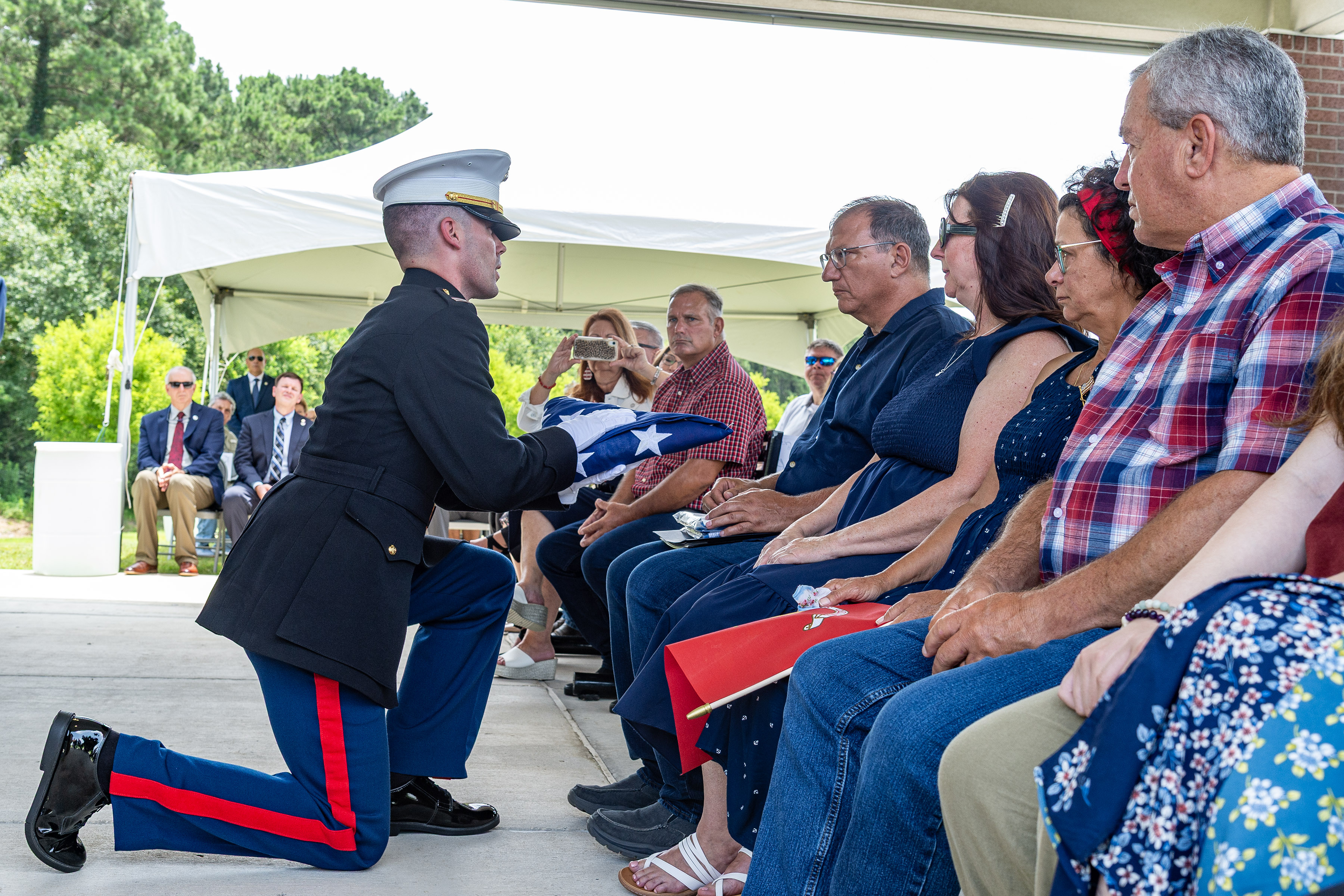More than 100 years ago, Lake Charles pioneer John Albert “J. A.” Bel was operating a lumber mill on the northeast shore of Lake Charles, where the old Harrah’s Casino parking garage is now. The J.A. Bel Lumber Company was one of 38 operating in the Lake Charles area between 1865 and 1918, and was known for producing 70-foot timbers, a record for the area.
“These were the days of giant trees, giant mills, and giant lumbermen,” wrote historian Anna C. Burns in “The Louisiana Lumber Boom, c.1880-1925.”
Lake Charles benefited from being located on a lake and beside a river, which afforded area sawmill owners an ideal way to transport timber by water.
New Orleans native J. A. Bel moved to Lake Charles with his parents in 1894 at age 15, in the midst of this lumber boom.
Bel’s first job as a teen was at Capt. George Lock’s sawmill at Prien Lake. Then, at 19, he took a job managing mills for W. F. Stewart & Co. in Orange, Texas. That company held contracts to supply timber for railroad construction. Young Bel managed 1,200 workers at this job.
In 1885, Bel moved back to Louisiana to manage the Lake Charles Lumber Company mill owned by Dr. Abram H. Moss.
By 1896, Bel owned the company and had named it the J. A. Bel Lumber Company. He built ocean-going tugs and a fleet of lumber transports to move his lumber.
Bel also served as president of Calcasieu National Bank of Southwest Louisiana.
An article in the Beaumont Journal around this time had this account of J.A. Bel:
•
“A lumberman of Texas, long of service and vast experience, was asked by the writer whom he considered the best all-around mill man in the Southern Pacific territory. Without hesitating a minute the Texan replied, “J. A. Bel, of Lake Charles.”
“Why do you think so?” the Texan was asked.
“Because he knows every branch of the business,” the gentleman replied. “He knows the practical and the mechanical side. He knows the office part and he knows how to sell lumber. … He has that happy faculty – very rare in the lumber business – of being equally at home in every department of this many-sided industry.”
•
As might be expected of a thriving lumber mill owner, John Albert Bel owned a grand house at 527 Mill St., at the corner of Mill and Moss streets, which today is a vacant lot.
Bel bought the house in the 1890s from Dr. Abram H. Moss.
After J.A. Bel’s death, the home remained in the family until the 1950s. James Boyd “Jim” Bel, great-grandson of J.A. Bel, recalls living in the house when he was a first and second grade student at Second Ward School.
“There was a steeple on top of the house. You could get to it by climbing up through the attic. The view from up there was incredible,” he said.
The huge house had a billiard room, he said.
“And the downstairs was magnificent. There were big pillars everywhere,” he said.
He also recalls climbing the oak trees that surrounded the house as a boy in order to get onto the roof.
The grand house was dismantled in the summer of 1951, and its lumber was donated to Boys Village for construction of their facility near Iowa.
•
J.A. Bel’s house is gone, but his son’s home still stands at 504 Moss St., adjacent to the property where Bel’s house was located. The house was a wedding gift from Bel to his son, Ernest, and his bride, Floy Augusta Moss, when the couple married in 1904.
The Ernest Bel home has 17 rooms and a five-room carriage house. There is a hidden widow’s walk above the attics.
Ernest Bel served as manager of his father’s saw mill. He also ran the company’s logging department. Ernest Bel died an untimely death at age 38 on Dec. 14, 1918, during the Spanish Flu pandemic.
An American Press article from Dec. 17, 1918 read:
“The son of J. A. Bel, millionaire lumberman and financier of Lake Charles, La., Ernest Bel, died Sunday morning, Dec. 15, after several days’ illness, the direct cause of death being pneumonia, which followed a severe attack of influenza.”
Ernest Bel’s funeral services were held at his father’s house.
“The yard was filled with friends, few of them remaining in the house, owing to quarantine regulations,” the article read.
J.A. Bel died just 16 days after his beloved son Ernest. He was 61.
An American Press article from Dec. 30, 1918 reads, “Mr. Bel, who has been in ill health for some years, seemed unable to rally from the shock of the recent death of his son, Ernest F. Bel.”
•
The Bel family continues to pay homage to their patriarch J.A. Bel, by naming descendants after him. In 1912, J.A. Bel’s son, Ernest, named a son John Albert Bel II. John Albert Bel II’s son, Jim Bel, named a son John Albert Bel III in 1962. John Albert Bel IV followed in 1995. Then, three months ago, John IV and his wife, Ali, welcomed a son, John Albert Bel V. The baby is the first great grandchild of Jim Bel, and he is the great, great, great, great grandson of the first John Albert Bel.
Not to be outdone, the Bel family women have had their own naming tradition going on. There are lots of Dellas.
J.A. Bel’s mother was the first Della — Della Delphine McLean Bel. Then Bel married a Della (Della Moeling Goos), had a daughter named Della (Della Anna B. Bel), a granddaughter named Della (Della Goos Bel) and a great-granddaughter named Della (Della Bel “Dudie” Krause Thielen.
•
Jim Bel’s recalls that his mother, Daisy Miller Boyd Bel, while not a pioneer lumber tycoon, did end up making history in her own right.
Her husband, John Albert Bel II, loved flying and was a commercial pilot for Braniff Airways for a time. During World War II, he flew cargo planes carrying supplies across the ocean.
According to Jim Bel, his mother worried excessively about her husband’s safety while he flew airplanes. To overcome her worry and fear, she signed up for flying lessons herself and became a pilot.
This therapy worked for her, and Daisy Bel became the first woman to complete a solo flight in Lake Charles.
•
Sources: American Press editions from Dec. 17 and Dec. 30, 1918; www.gooscemetery.com; “Early Homes of Lake Charles,” by Lloyd Barras.






